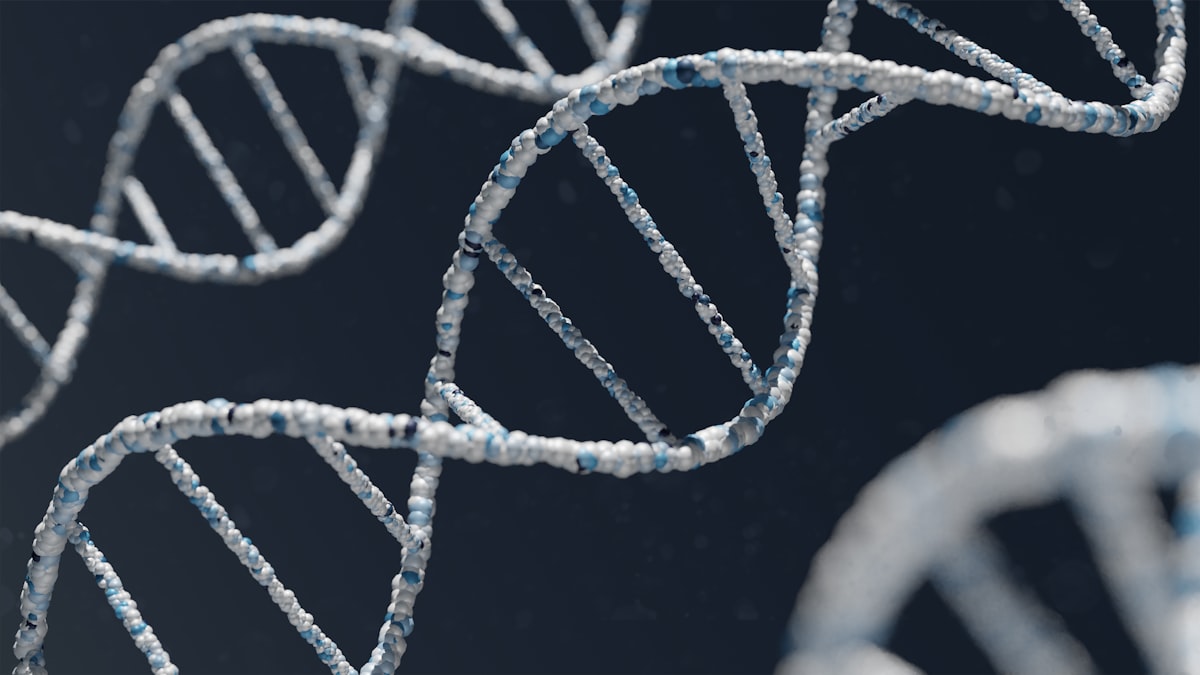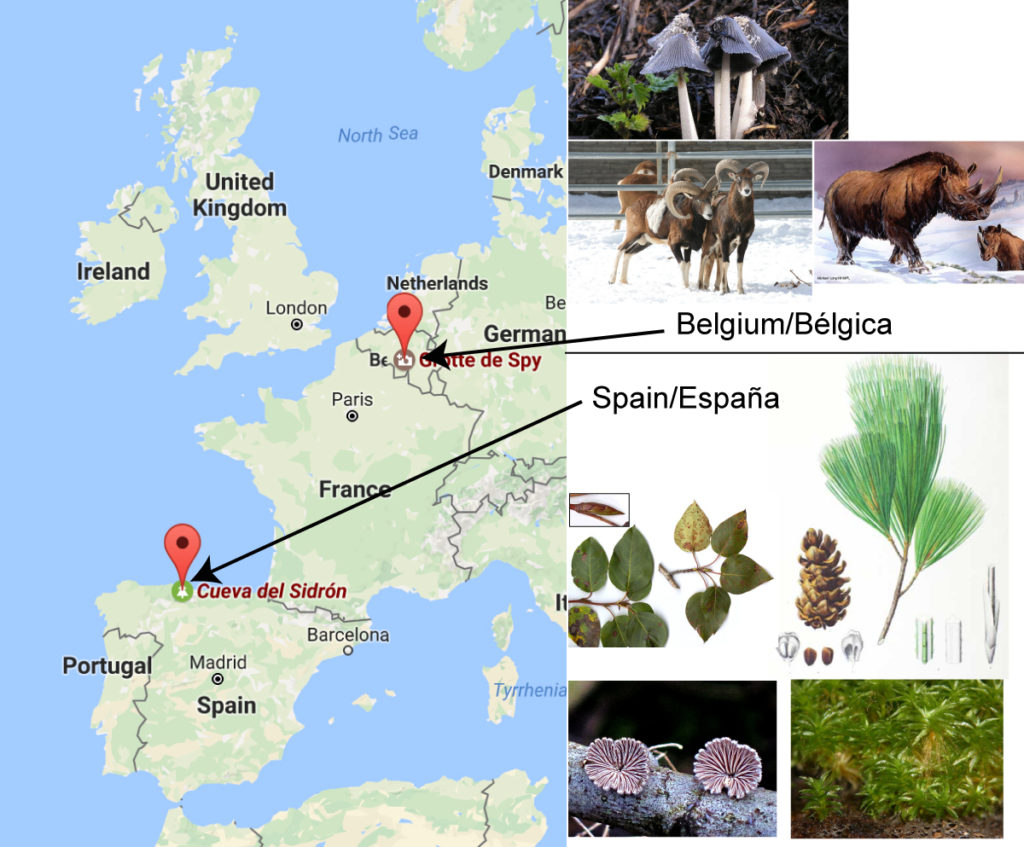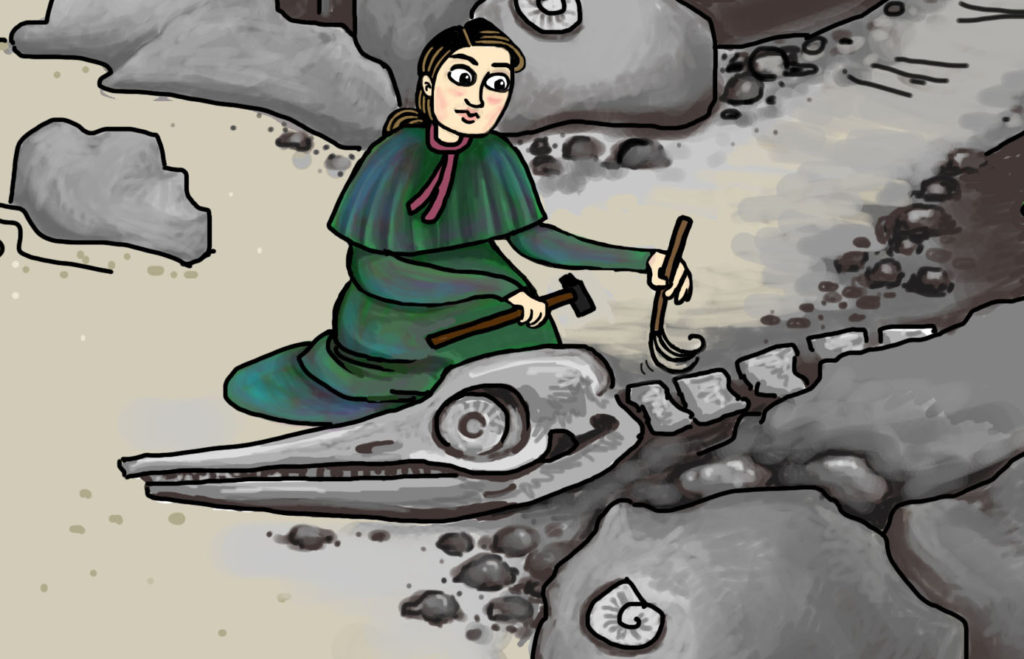Diets and DNA

This week an [article] was published that examined the teeth of Homo neanderthalensis: the Neanderthal. Neanderthals and humans (Homo sapiens – us) both lived in Europe for approximately 5000 years. They evolved at different times and look different. Neanderthals were shorter and stockier, whereas humans are taller and lankier. Neanderthals evolved to deal with colder weather. They had brow ridges, smaller chins, larger noses, thicker bones, and wider chests. There are many ideas as to why they went extinct, which I won’t discuss here.

Neanderthal man versus a human man showing the differences in their body proportions. From dreamstime stock images.
This new study analyzed the dental plaque (the gunk on your teeth that the dentist cleans off) on 4 individual Neanderthals, 2 from Spain and 2 from Belgium. The authors analyzed the plaque for all sorts of DNA. Since Neanderthals probably didn’t brush their teeth, this dental plaque contained bits of DNA from everything they ate. By analyzing it, we can understand what they were eating.

A neanderthal skull. From Wikipedia.
What they found is that the individuals from Belgium ate sheep, rhinoceros, and mushrooms. The individuals from Spain ate mushrooms, pine nuts, forest moss, and poplar. This shows that Neanderthals took advantage of whatever food they came across and that their diet was different in each environment. One of the individuals from Spain may have also been treating a dental abscess (a tooth infection). How, you ask? This individual was the only one who had traces of poplar, a natural source of salicylic acid (a pain killer), and Penicillin (an antibiotic) from moldy plant material.

Neanderthal diets in each location. Sheep, rhinoceras, and grey shag mushrooms in Belgium. Pine nuts, split gill mushrooms, moss, and poplar in Spain. Maps from Google, images from Wikipedia, PFAF.org, mushroomobserver.org, Iowa State University, and NHMPL.
Lastly, the authors found one species of archaea (a group of microorganisms) that is present in both humans and Neanderthals. The interesting thing is that this species permanently split into two species (one for humans, one for Neanderthals) around 143-112 thousand years ago. Humans and Neanderthals split from each other around 750-450 thousand years ago, so this species of archaea was being transferred between humans and Neanderthals long after they evolved. This tells us that humans and Neanderthals were sharing food, maybe kissing, or interacting in some other way that led to the transfer of spit between species.

A neanderthal possibly thinking about dinner. From AFP/Getty images.
And if you haven’t checked out our [kickstarter] yet, what are you waiting for? It’s to fund the publication of an amazing children’s book called She Found Fossils, filled with stories of women paleontologists from history, present day, and up-and-coming students. It will be published in English and Spanish.

Mary Anning, drawn by Amy Gardiner.